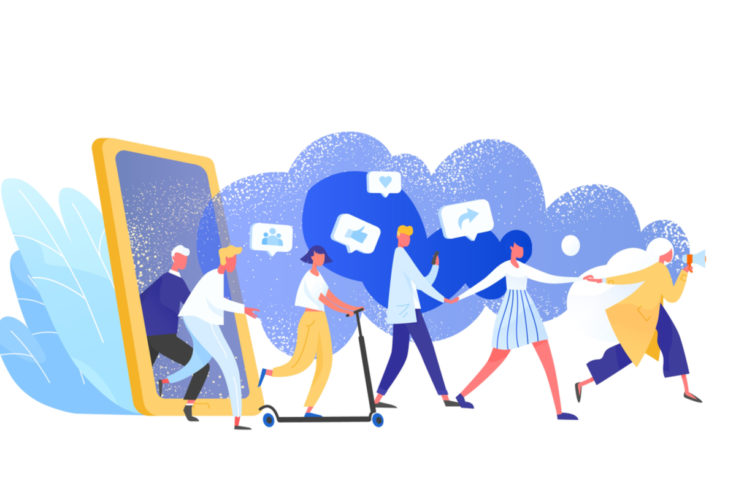Companies typically offer incentives directly to customers who refer friends. Google Apps, for instance, offers customers $15 for each new friend they recruit. And World of Warcraft, the video game, offered users a free month of gaming if they successfully influenced friends to buy a subscription.
Suppose, however, that the reward went to the friends—instead of the existing customers? New research shows marketers could win more customers because existing customers may value the boost in their reputation among friends more than a “selfish” financial incentive.

Olin’s Cynthia Cryder, associate professor of marketing, and coauthors examined how social dynamics change the outcomes of incentivized behavior.
In two field experiments and a lab experiment, they found that “prosocial” (friend-benefiting) referral incentives recruited more new customers than “selfish” (sender-benefiting) incentives. They report the findings in “Why Prosocial Referral Incentives Work: The Interplay of Reputational Benefits and Action Costs” in the Journal of Marketing Research.
The benefits that come from being generous to one’s friends substantially influence decisions in ways that are not obvious to everyone who designs incentive programs, Cryder said.
The researchers focused on customer referral programs in which companies offer incentives to customers who refer people in their social network to become new customers. To the best of their knowledge, the research is the first to investigate “anticipated reputational benefits as a driver of prosocial behavior in referral programs.”
Reputational rewards motivate people to behave generously because of their strong desire for social approval and the fundamental human need to maintain close personal relationships, Cryder said.
GiftAMeal
For one study in their research, Cryder and coauthors conducted a field experiment with the startup GiftAMeal. GiftAMeal partners with restaurants and encourages diners to take pictures of their meals and share them on social media. Then, GiftAMeal donates a meal to a food bank each time a customer shares on social media. (Andrew Glantz, BSBA ’17, founded the company while he was a student at Olin.)
The experiment tested different incentive structures on new customer conversions. GiftAMeal emailed 6,364 customers, asking them to refer their friends to download the app. The customers were randomly assigned to one of five experimental conditions:
- control with no monetary incentive,
- sender-benefiting (Customers received a $5 Amazon gift card for each friend who downloaded the app.),
- recipient-benefiting (Referred friends received a $5 gift card if they downloaded the app.),
- shared (Senders and their friends each received a $2.50 gift card if the friend downloaded the app.),
- or donation (GiftAMeal donated $5 to the charity Feeding America for each download.).
Overall, the conversion rate was low in the study, which is typical for referral programs, the authors said. Nevertheless, they detected significant differences between experimental conditions. The conversion rate was marginally higher in the friend-benefiting condition relative to the sender-benefiting condition. Multiple follow-up studies confirmed this pattern.
Scarcity of friend-benefiting rewards
As part of the research, a research assistant searched for about 300 referral incentive programs online and categorized them based on who received the reward. Of the 351 referral incentive programs, 40.5% offered sender-benefiting rewards, while only 2.6% offered recipient-benefiting rewards. (Fifty-five percent offered rewards that the sender and recipient shared.)
Yet, Cryder’s research shows referrals that benefit one’s social connections are more effective than sender-benefiting referrals: Recipient-benefiting referrals offer reputational benefits to the sender while also directly incentivizing the friend to sign up.
“The preponderance of sender-benefiting referral incentives in the marketplace suggests these effects are not expected by marketers who design incentive schemes,” she said.






